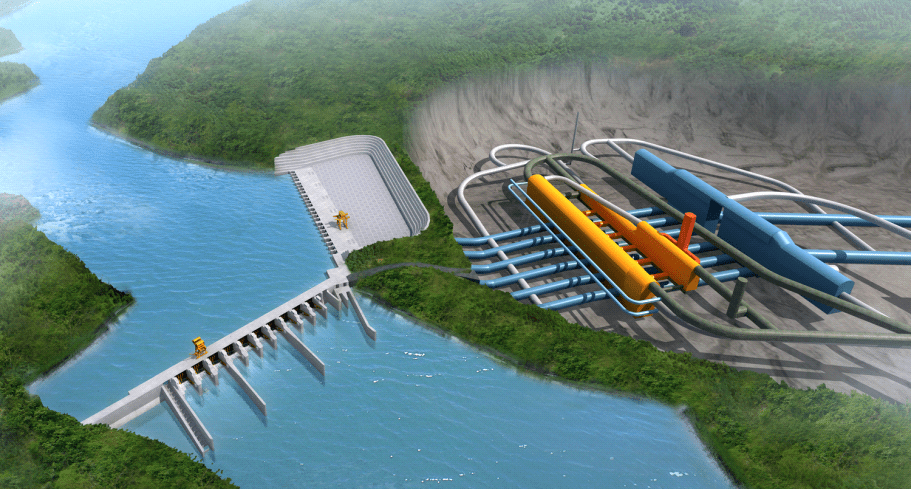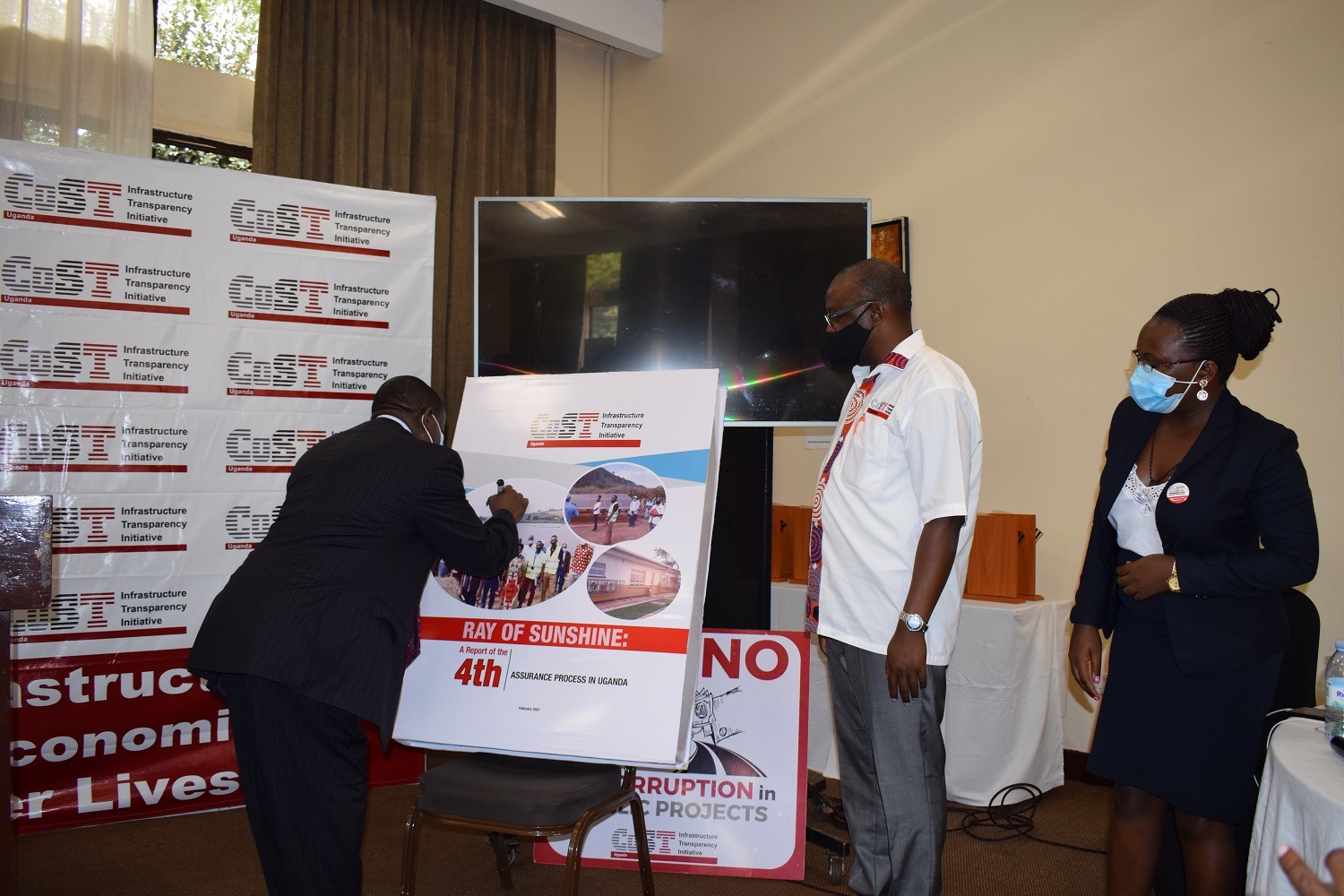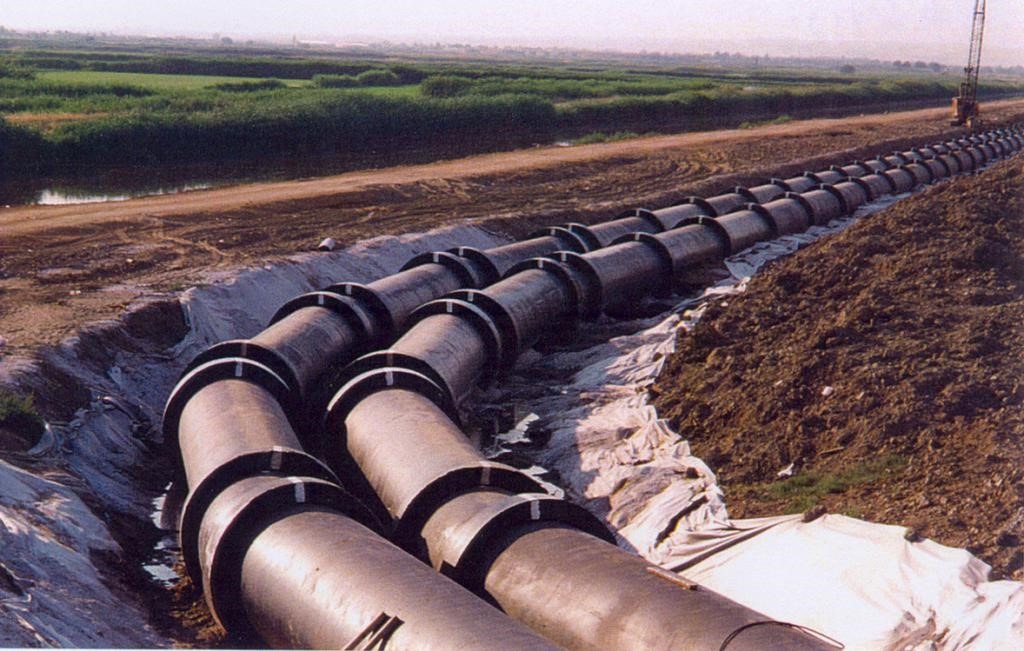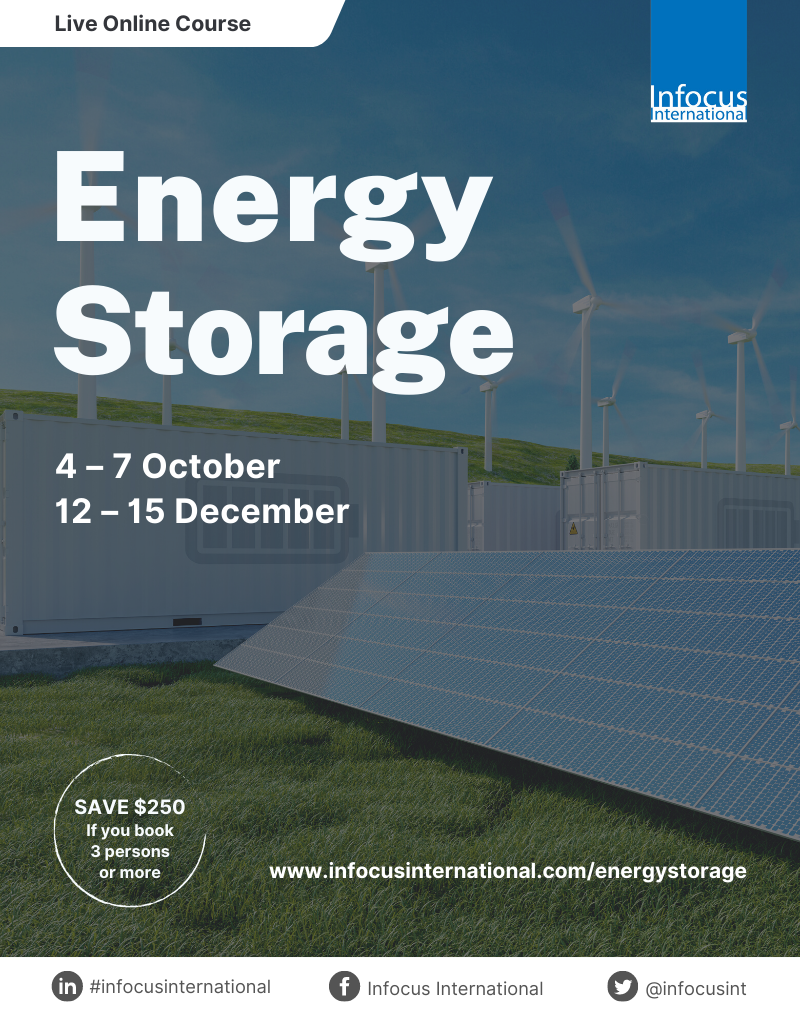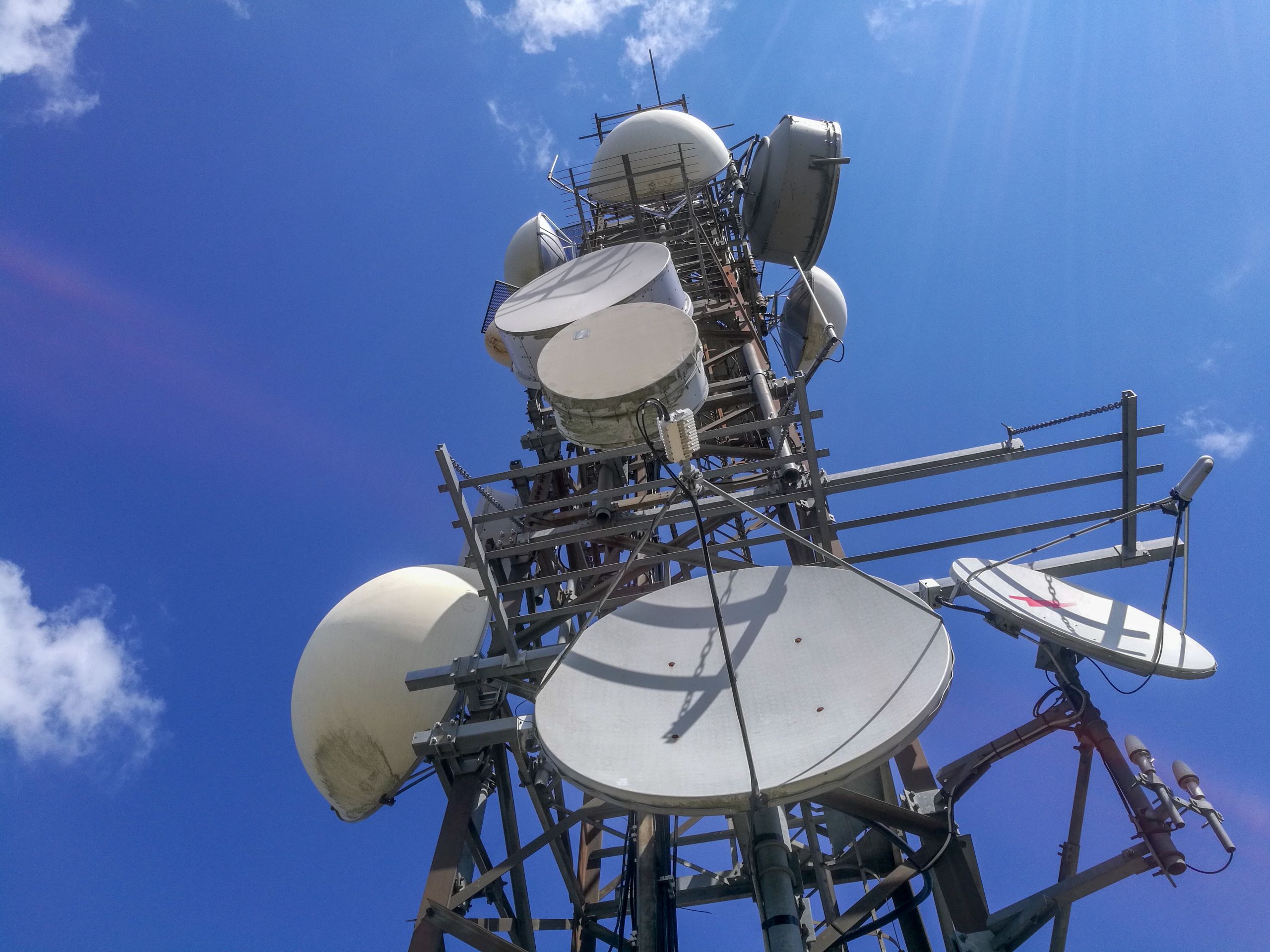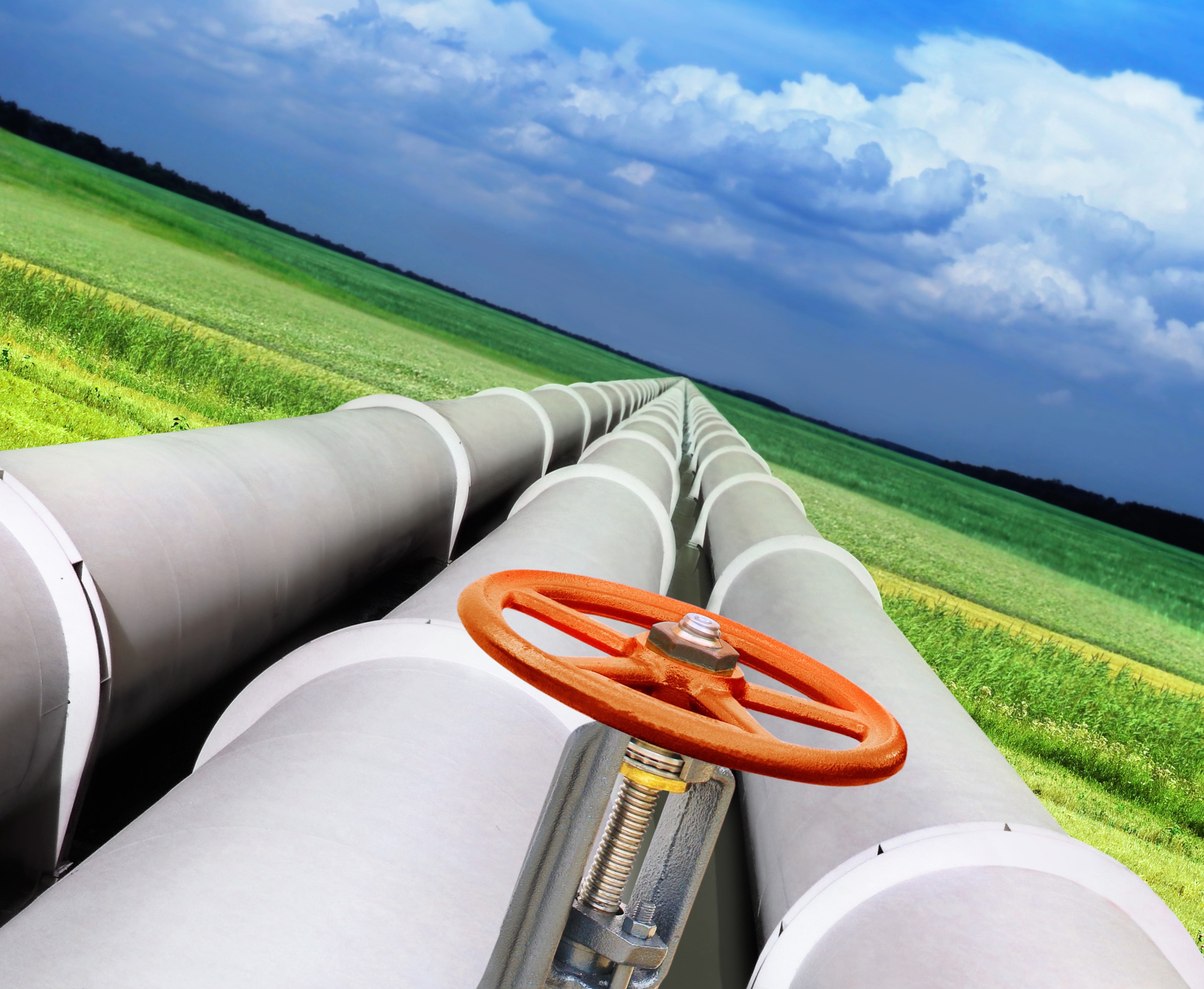Uganda will soon generate 2,000MW of electricity when current projects under construction are completed, tripling the country’s power output since 1986, but also making the country’s dream of lowering electricity tariffs a reality.
Mary Goretti Kitutu, the minister of Energy & Mineral Development said recently that increase in electricity production, improvement in its access and reduction in tariffs, is one of the strategies that the government is deploying to create a conductive business environment in the country.
Kitutu said government is currently undertaking construction of a number of power dams ranging from small to large. The Karuma Hydro Power project alone when completed is expected to offload to the national grid some 600MW. The others, albeit smaller projects, include: Nyamasagani I HPP (15MW), Nyamasagani 2 HPP (6MW) and Kikagati HPP (14MW), Achwa I (41MW), Muyembe 6.9MW, Nyagak III (5.5MW), Muzizi (44MW), Bukinda (6.5MW), Kakaka (4.6MW) and Busitema University solar (4MW).
The eleven power generation projects under construction will bring on board a total installed capacity of 712.4MW, when they are completed. Eng. Simon D’ujanga, the minister of State for Energy said recently that the country’s current energy generation stands at 1,254MW.
Kitutu said that the Government is working on measures to lower electricity tariffs in the country, in a phased manner, starting with manufacturers so as to make locally produced goods competitive in the regional and global market.
The lowering of tariffs is expected to start with extra-large, large, medium, commercial industries before eventually coming down to domestic and street lighting customer categories. The plan is to have Uganda’s power tariffs fall for all Ugandans to about 5 US cents by the year 2022.
Kitutu said the refinancing of Bujagali Power Project alone had brought down tariffs from US cents 12 to 8.5 cents but affirmed that Government’s target to lower tariffs to 5 US Cents has already been achieved during off-peak hours for extra-large consumers.
She said that the government’s target is to gradually lower the tariff for individual residential and social service centers such as schools and hospitals adding that when Isimba and Karuma HPP are fully absorbed. It is expected that the weighted generation tariff will reduce from the current US Cents 6.47/kWh (Ush.243.43) to US cents 5.34/kWh (Ush.200.93), representing a reduction of 17.45 per cent.
“We agree that access to modern energy services is a necessary precondition for achieving the sustainable development goals (SDGs), “ said D’ujanga, adding that “the energy sector in the country will continue to works towards this goal.”
On Rural electrification program, Kitutu said the FY2020/2021 is to achieve additional 2,896.66 Km of medium voltage lines and 4,219.21 Km of low voltage lines. She said all district headquarters in the country have been connected to the national electricity grid except Kotido, Buvuma and Kaabong Districts. She said government has secured funding to electrify a total of 620 administrative centres, including 558 sub county headquarters, 52 town councils and 10 divisional headquarters.




